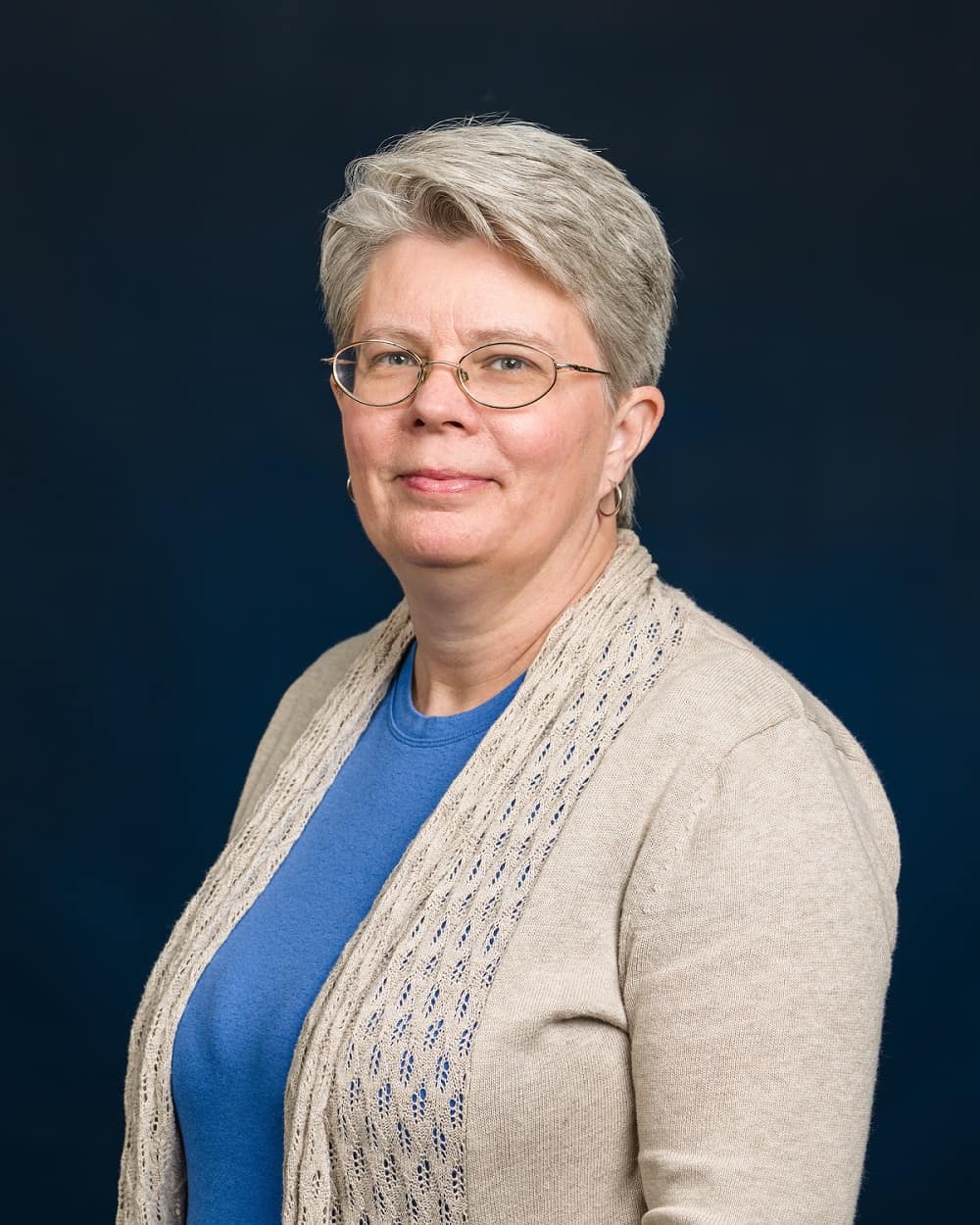Wood Uses Passion for Statistics to Help Change the Way It’s Taught

As an undergraduate math major in the 1980s, Beverly Wood had a nemesis: calculus. It wasn’t until she took a mathematical statistics course that its use finally clicked.
“Well before the end of that semester, I was asking my instructor what sorts of jobs would use statistics,” said Wood. “I loved it. It was kind of like having a crystal ball that’s just a bit fuzzy.”
Now, three decades later, Wood is using her years of knowledge to help revamp the way statistics is taught in classrooms.
In 2012, Wood joined a group of volunteers from institutions such as Ohio State University and the University of Florida to revise the Guidelines for Assessment and Instruction in Statistics Education (GAISE) College Report, a document that lays out the way introductory statistics is taught in schools.
“GAISE has been a huge part of my teaching career with the original report endorsed the year after I first began teaching stats,” said Wood.
One week after beginning her first appointment as an assistant professor, the American Statistical Association sent out a request looking for volunteers for a committee to review GAISE for a possible update at its 10th anniversary.
“I was so excited that I might have been the first one to reply,” Wood joked.
Wood said that the approach supported by the report moves away from lectures and straight computation and urges a focus on understanding concepts using real data, a method Wood has been preaching for as long as she can remember.
“When I started teaching, I thought it more important for my students to understand about the input and output from a statistical analysis rather than the number-crunching in the middle because I was teaching classrooms of business or nursing majors who were going to depend on a computer or calculator to do the math,” she explained. “Rather than spending all our time with formulas and data sets, we critiqued news media reports and looked at study design or conclusions from professional journals.”
According to Wood, this latest edition of the GAISE report will have an impact on a global scale with publishers, textbook authors, college/university administrations as well as instructors in multiple disciplines influenced by what the ASA has to say about how statistics is taught.
“This document includes scholarly evidence that did not exist when the first report was written,” she explained. “It’s much more persuasive because of that in regards to the recommendations for teaching. It’s an update that will result in changes in a lot of textbooks.”
But perhaps even more exciting for Wood than changing the landscape of her field was the ability to work with some of the brightest minds in the industry.
“My co-authors were textbook authors, journal editors, ASA officers, and quite a few of them, if not all, show up in the references of my dissertation,” said Wood. “It was a little intimidating at first but they were open to hearing my thoughts and I think that GAISE 2016 is a more inclusive document as a result.”
